Atomic, Molecular, and Optical Physics
Research presentation
Ted Corcovilos
Duquesne University
2023-09-08
About Dr. Corcovilos
- 10 years at Duquesne
- Before that research at Penn State and Rice
- Ph.D. at Caltech
Research interests:
- Optics: light and light-based measurements
- Collaborations with ⚗️ Chemistry, 🌳 Environmental Science, and 🎺 Music
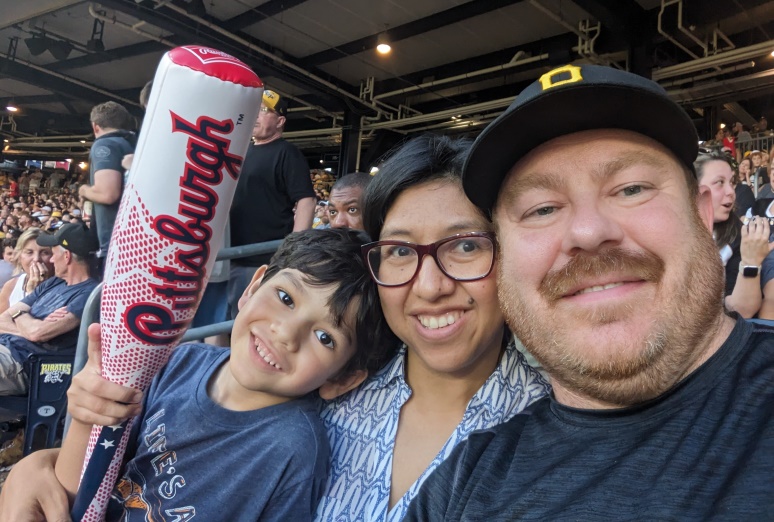
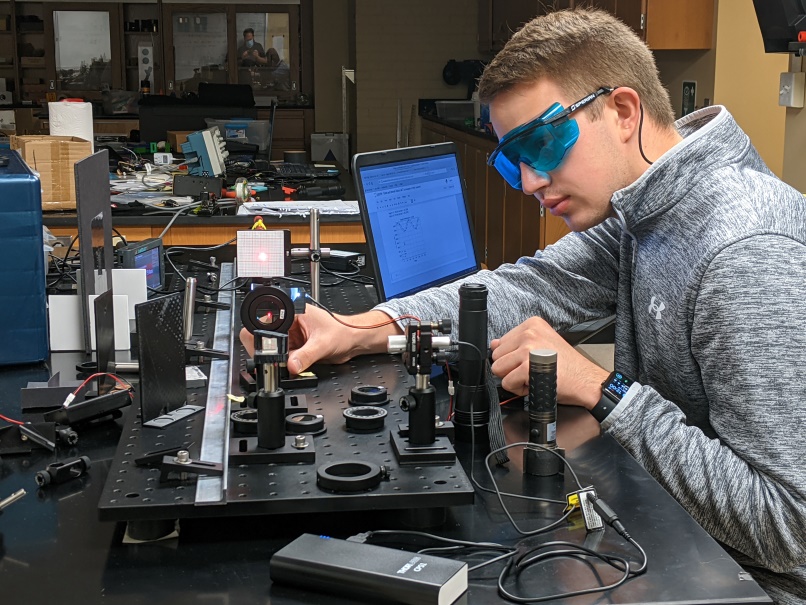
Atomic, Molecular, and Optical (AMO) Physics
- Study of light and the interactions of light with matter
Geometric descriptions of geometric optics
- Bring back 19th century geometry ideas and apply to modern optics
- Simplifies calculations for things like misaligned lenses
- Poster outside my office
- Laser beams and “classical” light rays now obey the same rules
Ultracold atoms in quasicrystal potentials
- Cool atoms down to nanokelvin temperature using lasers
- Load them into structures built from interfering laser beams
- Study materials that are hard to make using chemistry like quasicrystals

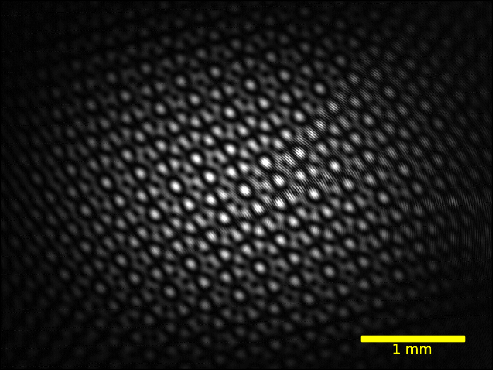
Mathematical analysis of vibrato in music performance
- Sound and light are both waves, so we can describe them with the same math.
- The way wind musicians produce vibrato is not fully understood.
- Collaboration with Prof. Paul Doerksen in School of Music
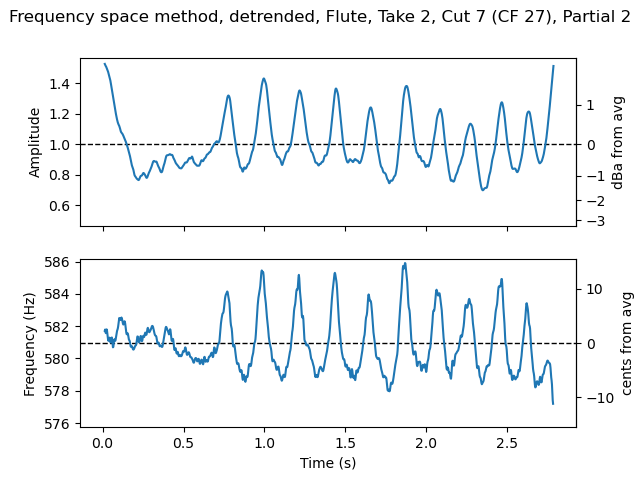
Infrared Multi-Photon Dissociation of gas-phase ions
- Use infrared lasers to heat molecules until they break
- Look at the broken bits to learn about chemical bonding in u ranium and other actinide metals
- Collaborators:
- Prof. Michael Van Stipdonk in Chemistry
- Free Electron Laser for Infrared eXperiments (FELIX) at Radboud University in Nijmegen, the Netherlands
- Dr. Christopher Zarzana and Dr. Brittany Hodges at Idaho National Laboratory

Optical detection of contaminants in water
- Measure color changes to quantify contaminants in drinking water like lead, fluoride, and iron
- Homemade device built by students for about $80 each replaces a $3000 device
- Arduino “brain”
- 3D printed body
- Collaboration with Prof. David Kahler in Environmental Science

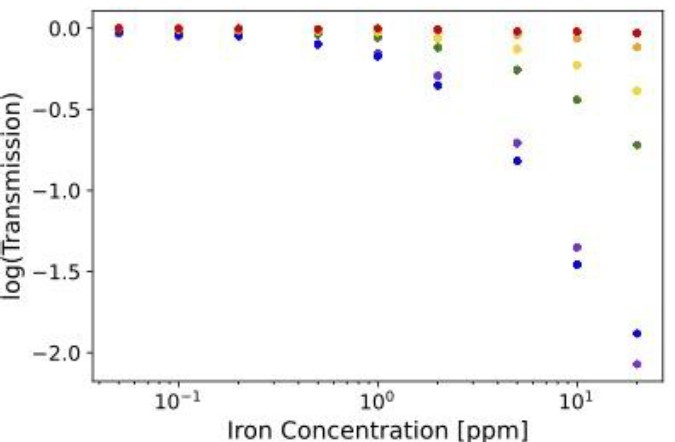
Laser-Induced Fluorescence for Quantitation of Cross-Linking in Bio-polymers
- Put fluorescent “staples” on proteins then break them apart.
- Use a home-built microscope with microfluidic sample to count the “staples” to count the protein subunits
- Collaboration with Prof. Michael Cascio in Biochemistry
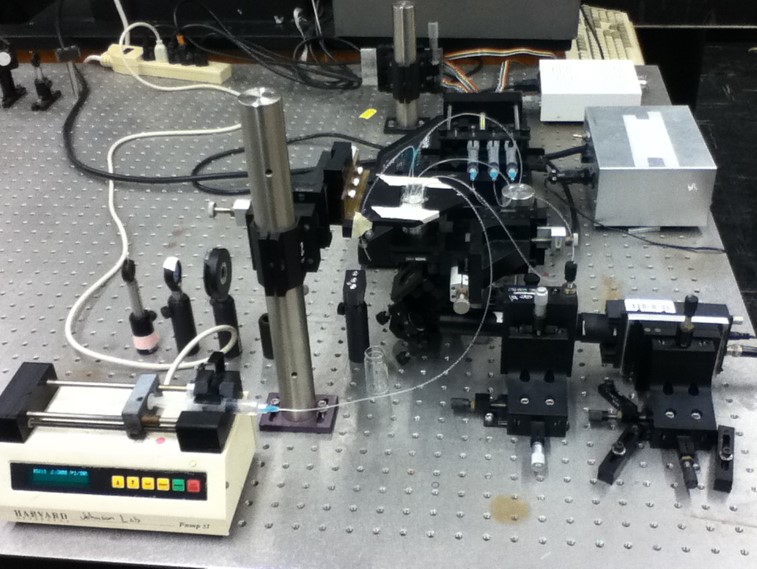
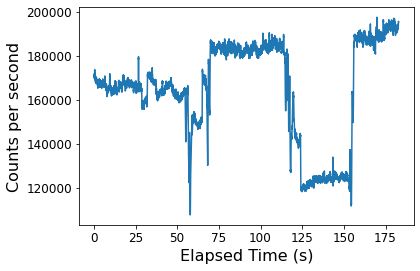
Summary
- Lots of projects in lots of topics
- New students always welcome!
- See webpage for more: https://corcoviloslab.com
